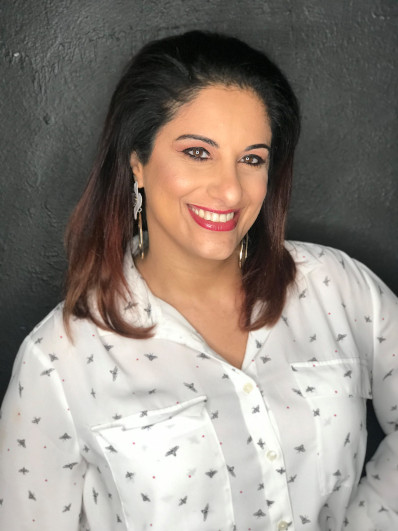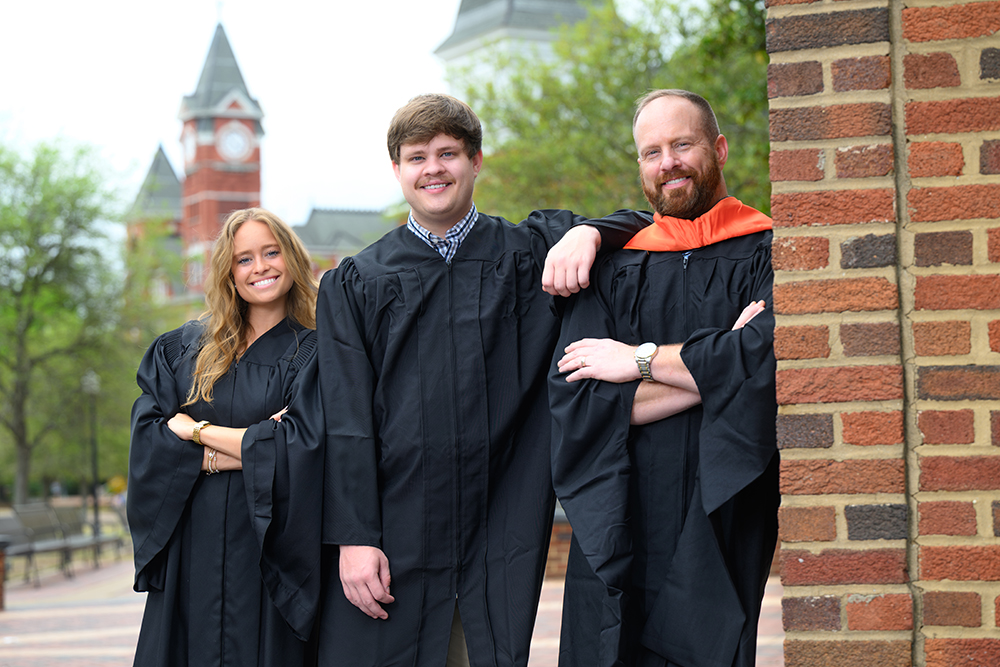
Editor’s Note: Auburn’s Harbert College of Business recently contacted members of our Physicians
Executive MBA (PEMBA) program to find out how the front lines of health care delivery
have changed during the COVID-19 pandemic. Their stories follow.
“I feel like little pieces of my soul are chipped every day.” Dr. Cindy Zughbi
“The truth of the matter is, no one has seen anything like this.” Dr. William Sewell
“This is truly a mass casualty incident. The only thing comparable would be a nuclear
detonation.” Dr. Philip Barie
These physicians, all with ties to Harbert’s Physicians Executive MBA program, are
among the health care providers fighting daily against the devastation of the COVID-19
pandemic, which had killed more than 57,000 Americans as of late April. Although they
practice in different parts of the country, their stories have a chilling similarity
that underscores the deadly nature of the disease and the extraordinary challenges
of treating it.
Dr. Barie, a New York trauma surgeon, intensive care specialist and longtime faculty
member at Weill Cornell Medical College, had written academic articles on mass casualty
events. This—his third such event, after 9/11 and Super Storm Sandy—has been anything
but an academic exercise.
The 9/11 terrorist attacks stressed health care providers and facilities in New York
City for several days, Barie said, but except for those treating burn victims, conditions
then eased. Super Storm Sandy knocked three major hospitals offline, sending a wave
of patients into other facilities, often doubling their patient populations.
“This one is different,” he said. “Critically ill patients with COVID are remarkably
similar. Patients are equally sick. We’ve had to change what we communicate, because
the story is exactly the same. We honed our communication to talk about what we need
to talk about.”
Dr. Sewell is an OB/GYN physician who is now medical director of women and children
services and chief medical information officer at Phoebe Putney Health System in Albany,
Georgia. His area of the state has been particularly hard hit by COVID-19. The sharp
increase in patients suffering from the disease has pushed the system and staff to
maximum capacity.
“We have whole floors with nothing but COVID-19 patients on them,” he said. “My ICU
colleagues say the disease does not respond to treatments as they would expect. They
repeatedly comment on the intensity of treatment that is required to care for these
patients.
“This is an unrelenting threat, not just something that blows through. I’ve never
seen my health system in such strain.”
Sewell said the challenge is exacerbated by the disease’s resistance to many standard
medical practices. “The standard of care is being developed on the fly. With pretty
much any other disease, someone has developed a way of treatment.”
Dr. Zughbi, a hospitalist serving three campuses in Fort Myers, Florida, moved out
of her house in mid-March to protect her family from exposure to the virus. She sees
that sort of difficult separation repeated in the hospitals, where family members
can’t visit COVID-19 patients. When that separation ends in death, the trauma extends
to caregivers as well, she said.
Zughbi said she deals daily with the lingering image of a woman using Facebook to
say goodbye to her dying husband, who was on a ventilator and unable to respond. “There
is nothing that could have prepared anyone in the medical field for this. No physician
will ever get used to or prepared for the deaths.”
Barie said unexpected aspects of the disease forced providers into challenging decisions
on equipment, supplies, and procedures. “No matter how much you planned in advance
for how you’re going to respond to such magnitude, conventional planning went out
the window.” For example, he said, although the need for ventilators got a lot of
public attention, kidney failure proved to be a major problem as well. That created
unanticipated shortages of dialysis machines and supplies. Doctors found that COVID-19
patients have “hyperactivated” blood-clotting systems, he said, resulting in more
clots in veins and catheters, leading to changes in the use of blood-thinner medications.
Sewell said better preparation in supplies and numbers of medical personnel will be
crucial going forward. “We need to prepare better. We had what was a five and a half-month
supply, and we knew in five days we were in trouble. We need to make medical supplies
in the U.S.”
In addition, the physician shortage identified years ago in the U.S. must be addressed
and not allowed to occur again. “We need that labor pool to deal with these things,”
he said.
Zughbi said hard medical realities have to be faced. “I wish people would understand
there are no easy solutions. It’s a virus. Viruses have been around since before man.
Viruses are smart, smarter than we are. They keep mutating.”
Sewell worries that, despite the deaths and disruptions, some still don’t take the
disease seriously. “People need to understand this is real, it is not made-up, it
is not fake news, it is not political,” he said.
And it is not a bad cold, or even the flu. Dr. Zughbi: “It’s the most extreme disease
I have ever seen. And fast. Fast. Fast.”
Next in the series: An ER doctor’s first-person account of the struggle against COVID-19.
Learn more about the PEMBA Program.


 Degrees & Programs
Degrees & Programs
 Faculty & Staff
Faculty & Staff
 Career Development
Career Development
 Recruiters & Industry
Recruiters & Industry







